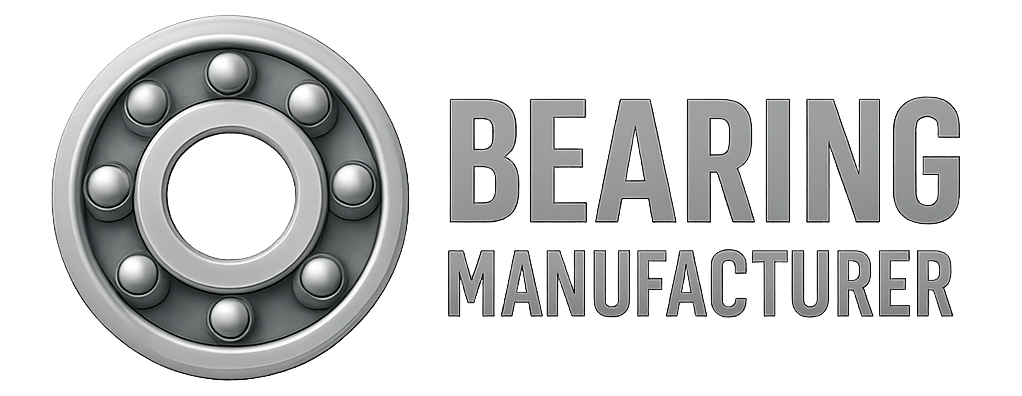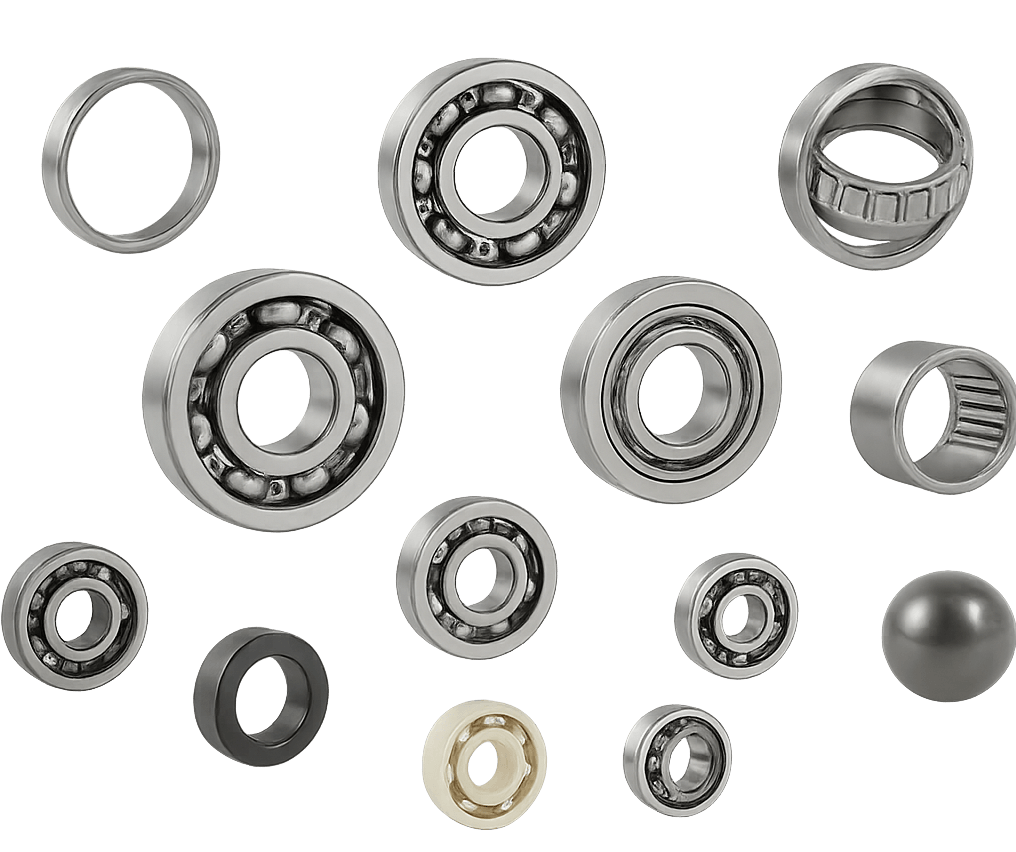Bearings are fundamental components in mechanical systems, enabling smooth motion and minimizing friction. For engineers and decision-makers, understanding the distinction between static load and dynamic load is essential for selecting the right bearing and ensuring long-term system reliability.
This guide explains what each load type means, how they affect bearing performance, and how to apply this knowledge in real-world applications—from rotating machinery to linear motion systems.
What Is a Bearing Load?
In bearing engineering, a “load” refers to the external force applied to a bearing. These loads can be:
-
Radial: Perpendicular to the shaft
-
Axial (Thrust): Parallel to the shaft
Each load type interacts differently with the bearing depending on whether the bearing is in motion or at rest—this is where static load and dynamic load come into play.
Static Load: Stress While Stationary
Definition:
Static load is the load applied to a bearing when it is stationary or moves extremely slowly. It includes both radial and axial components.
Static Load Capacity (C₀):
This is the maximum load a bearing can support without suffering permanent deformation on its rolling elements or raceways.
Why It Matters:
-
Bearings under static load are vulnerable to brinelling, a permanent denting of raceways.
-
Static load is especially critical in applications subject to shock or heavy weight while idle, such as robotics, conveyors, or presses.
Example:
The 608 metric ball bearing, widely used in compact applications, is engineered to withstand high static loads while maintaining structural integrity under compressive forces.
Dynamic Load: Stress During Motion
Definition:
Dynamic load refers to the forces acting on a bearing during continuous or repetitive motion, such as rotation or oscillation.
Dynamic Load Capacity (C):
This indicates the maximum load a bearing can support over time without fatigue, usually measured as a function of the number of revolutions or distance traveled.
L10 Life:
The dynamic load capacity directly influences the L10 life—the point at which 90% of identical bearings are expected to operate without fatigue failure.
-
Governed by ISO 14728-1 (linear bearings) and ISO 3408-5 (ball screws)
Static vs. Dynamic Load: Key Differences
| Category | Static Load | Dynamic Load |
|---|---|---|
| Condition | Stationary or slow movement | Continuous motion |
| Measurement | Max load before deformation | Load supporting rated lifespan |
| Risk | Permanent damage (brinelling) | Fatigue failure over time |
| Capacity | Often higher than dynamic load | Lower, due to cyclical stress |
Load Capacities in Linear Bearings
Linear motion systems (e.g., guide rails, bushings, ball screws) require precise load evaluation. Manufacturers define both static and dynamic ratings to help engineers size these components appropriately.
Static Load and Safety Factors
Shock loads in linear systems are unpredictable, so safety factors are applied to prevent deformation:
S0=C0F0maxS_0 = \frac{C_0}{F_{0max}}
Where:
-
S₀ = static safety factor
-
C₀ = basic static load rating
-
F₀max = maximum combined applied load
Recommended S₀ values:
-
2 for low-shock, stable environments
-
5–6 for high-impact, high-risk applications
Dynamic Load Ratings and L10 Life Calculations
Dynamic load is tested under consistent load and direction until surface fatigue (flaking) appears. This rating is used in the L10 life formula:
For ball-type linear bearings:
L10=(CF)3×100,000L_{10} = \left(\frac{C}{F}\right)^3 \times 100{,}000
For roller-type linear bearings:
L10=(CF)10/3×100,000L_{10} = \left(\frac{C}{F}\right)^{10/3} \times 100{,}000
Where:
-
L₁₀ = bearing life (in meters)
-
C = dynamic load capacity (N)
-
F = applied load (N)
Conversion Tip:
To convert travel distances between standards:
-
50,000 m rating ÷ 1.26 = 100,000 m equivalent
-
100,000 m rating × 1.26 = 50,000 m equivalent
Factors That Influence Load Capacity
-
Material Quality: Stronger steels and heat treatments increase capacity and reduce deformation.
-
Lubrication: Proper lubrication reduces metal contact, enhancing life and load rating.
-
Operating Conditions: Temperature, dirt, and moisture degrade bearing performance over time.
-
Mounting Precision: Misalignment leads to uneven load distribution and premature failure.
-
Application Demands: High-speed or shock-prone applications require bearings with high dynamic ratings or safety margins.
Choosing the Right Bearing for Your Application
Selecting a bearing isn’t just about size—it’s about matching load ratings with real-world conditions. Always:
-
Evaluate both static and dynamic loads.
-
Apply safety factors, especially in shock-prone environments.
-
Consult manufacturer data sheets and L10 life calculations.
-
Factor in long-term operating conditions and maintenance access.
Need Help Choosing? Contact Bearing Maker
At Bearing Maker, we specialize in helping engineers and buyers select the right bearing based on load requirements. Whether you’re designing precision equipment or heavy-duty industrial systems, our product specialists will guide you through material, size, and load options.
Explore our catalog today or get in touch for tailored engineering support and long-lasting bearing performance.

